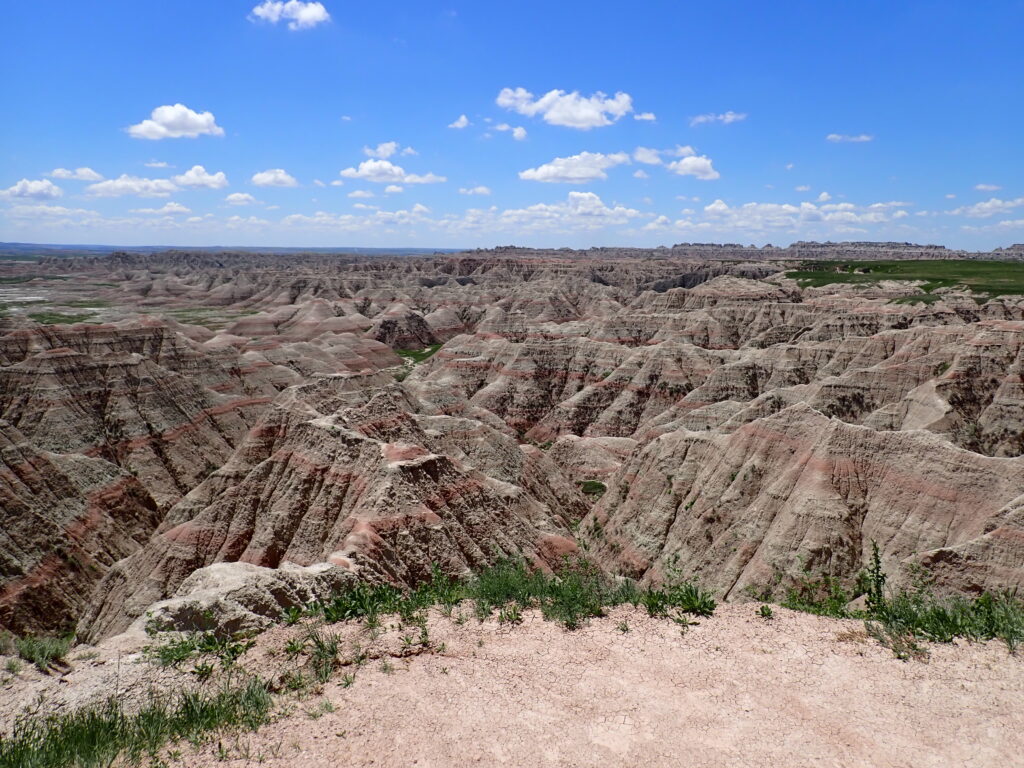
I have been fortunate enough to travel rather widely in my lifetime which helps me create settings in my fiction. But, I have also studied both geomorphology and botany which informs the salient features to describe settings realistically in my writing. I believe these both contribute levels of detail which add to the verisimilitude of my storytelling.
Geomorphology is the study of landforms. The earth has many interlocking geological processes that combine to produce landforms. The canvas upon which geological process act are the rocks: Igneous rocks, generated by volcanic activity; sedimentary rocks, created by deposition; and metamorphic rocks, that transform igneous and metamorphic rocks, through heat and pressure, to adopt different forms. As rocks are uplifted, through orogeny, weathering causes them to erode. Often, during uplift, rocks are deformed, broken, or folded, and these patterns can be exposed by weathering. And, in many places, glaciation creates particular forms of erosion that yield many unique landforms that remain behind after the ice has retreated.
The geology coupled with hydrology represent the biotic factors that determine what kinds of plants (and other organisms) that will grow there. And they, in turn, create the conditions for a succession of communities of organisms that follow. Knowing the communities of plants can really help create the atmosphere for a setting: Are there evergreens? Or deciduous trees? Or just grassland? Or maybe just a crust of lichens on bare sand? All of these can really help bring a scene to life.
As a student, when I took the classes, I went on many field trips where I had the opportunity to see the land forms in real life. You never forget when you’ve seen an esker (a sinuous hill of gravel that forms in channels under glacial ice) or a swarm of drumlins (tear-drop shaped hills that were overrun by moving glaciers). Or the drama of a terminal moraine — a huge hill that formed at the furthest margin of a glacier where it left a huge deposit of transplanted sand, gravel, and clay. All of these can add to the realism of a setting’s description.
Last year, my son and I drove to California for Baycon. I got to travel through some regions I’d visited before. Like the Badlands (pictured above) which was formed of many layers of volcanic dust eroded way revealing the colorful layers. But others were wholly new to me: One of the most interesting was driving from the Central Valley of California to the Pacific Highway that runs right along the coast. It was more than 100° F in the Central Valley when we started driving through the Coast Ranges. It became increasing arid as we entered the rain shadow of the mountain range. But then, as we cleared the peaks, became a cool rain forest with giant redwoods as we approached the coast. It was chilly in the low 60s by the ocean, just 50 or 60 miles distant, as the crow flies.
Some of the characters in my fiction can only describe their settings in general, qualitative terms. But part of why I wanted to write a series of stories about Lady Cecelia is because she’s a botanist. So she knows the plants and can appreciate the significance of the various plant communities they pass through on her adventure.
Alone, Cecelia cautiously got to her feet and, keeping a hand on the bed, carefully stepped to the window to look out. The view quite took her breath away. She was in a high room of a grand chateau that was situated along the side of a mountain valley. In the depths, she could see a cascading whitewater river that tumbled over immense boulders. Looking upward, she could see the tips of snow-capped mountains peeking up out of a vast evergreen forest. She opened the window and let the crisp, cool air into the stuffy room. It was scented with a delightful piney smell and she could hear the roar of the river in the distance. She breathed in deeply and smiled.
Lady Cecelia’s Journey, a sapphic romantasy road story will be serialized as six novelettes.